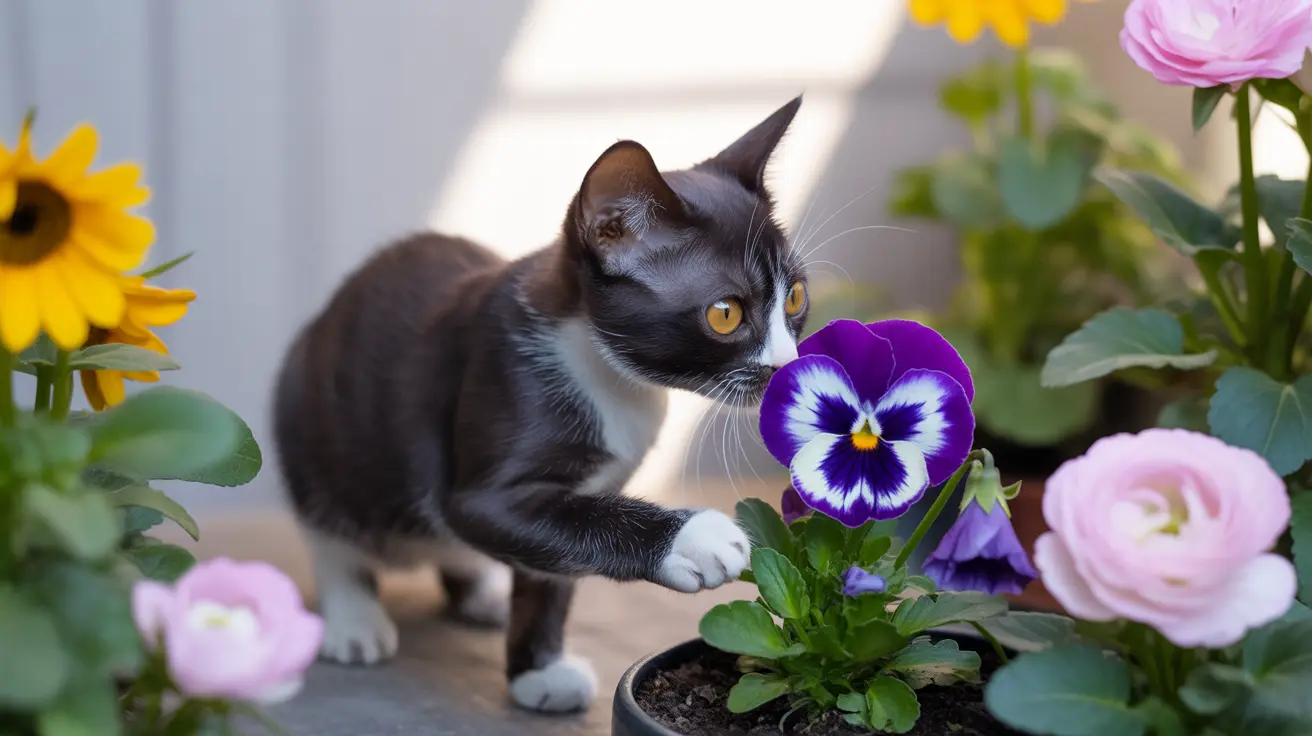The Ancient Origins of Small Cats
The story begins roughly 12 million years ago when the Felidae family first emerged. While some members of this family evolved into powerful big cats, the Felis lineage – which would eventually give rise to our domestic cats – took a different path, specializing in hunting smaller prey.
The Near Eastern wildcat (Felis silvestris lybica), the direct ancestor of domestic cats, evolved to be small and nimble for very specific reasons. This size allowed them to:
- Successfully hunt small prey like rodents and birds
- Move quietly and stealthily through various terrains
- Maintain the agility needed for quick, precise hunting movements
- Survive on smaller, more frequent meals
Natural Selection's Role in Cat Size
Small size in cats wasn't a result of human intervention but rather natural selection at work. These diminutive predators found their perfect niche in hunting small prey, which was abundant and required less energy to catch than larger game. This evolutionary strategy proved so successful that it remained largely unchanged even after cats began living alongside humans.
The advantages of staying small became even more apparent as cats began their journey toward domestication. Their size made them:
- Perfect for controlling rodent populations in human settlements
- Less threatening to humans, allowing closer coexistence
- Efficient at surviving in the margins of human society
- Able to access small spaces where rats and mice might hide
The Self-Domestication Process
Unlike dogs, which humans actively bred for various sizes and purposes, cats largely domesticated themselves. Starting around 10,000 years ago, the tamest wildcats began living near human settlements, attracted by the abundance of rodents in grain storage areas. This natural partnership didn't require cats to change size – their existing dimensions were already perfect for their role as pest controllers.
Modern Cats: Maintaining Ancient Proportions
Even today, domestic cats remain remarkably similar in size to their wild ancestors. While selective breeding has created some variation in modern cat breeds, most house cats still fall within the same size range as their wild counterparts. This consistency speaks to the effectiveness of their evolutionary design.
Frequently Asked Questions
How did domestic cats evolve to be so small compared to big cats?
Domestic cats evolved from small wildcats that specialized in hunting small prey. Their size wasn't a result of domestication but rather millions of years of evolution selecting for optimal hunting efficiency of rodents and birds.
What wild ancestors did modern small domestic cats descend from?
Modern domestic cats descended directly from the Near Eastern wildcat (Felis silvestris lybica), a small wild feline native to the Middle East and North Africa.
Why have domestic cats remained small despite thousands of years of living with humans?
Cats remained small because their size was already perfect for their ecological niche and role alongside humans. Unlike dogs, cats weren't selectively bred for different purposes, allowing them to maintain their original dimensions.
How did cats domesticate themselves differently from dogs?
While dogs were actively bred by humans for specific roles, cats essentially domesticated themselves by choosing to live near human settlements for easy access to prey. This self-directed process meant less human intervention in their physical characteristics.
When and where did domestic cats first begin living alongside humans?
Cats began living alongside humans approximately 10,000 years ago in the Fertile Crescent (modern Middle East), coinciding with the development of agriculture and grain storage, which attracted rodents and, consequently, cats.
Understanding how cats evolved to be small helps us appreciate their remarkable adaptation to their ecological niche and their unique relationship with humans. Their size isn't just a coincidence but a testament to evolutionary success that has stood the test of time.






